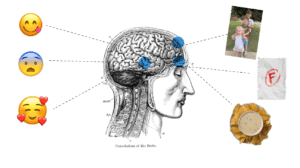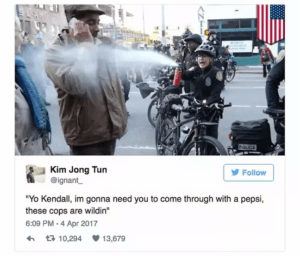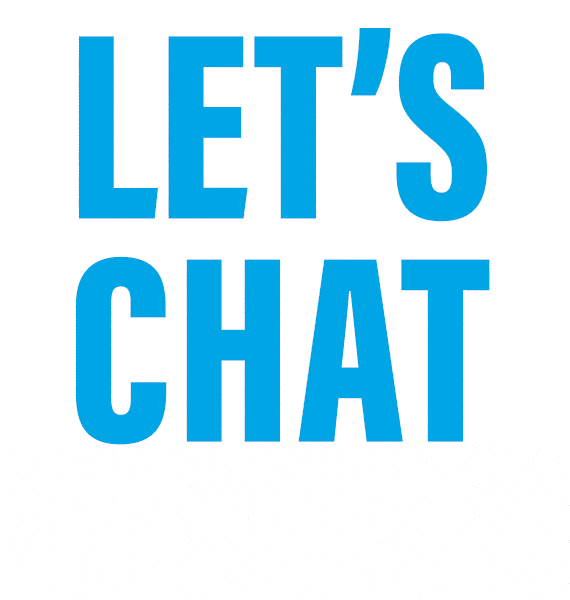I have always loved children's books but my interest grew when I had kids of my own. I began to research what types of books to read to your kids, how often you should read to them and every other question under the sun. When doing this research, I came across for bringing diverse books to libraries and curricula to foster perspective and acceptance in children. I bought into it. I fill our library bags week in and week out with books intended to enrich my kids, make them feel seen and open their eyes to other worlds and perspectives. The overlap of this mission and my work as a creative director really struck me. Stories hold power, and the types of stories we tell hold power.

“The one who tells a story rules the world.” – Native American Proverb
Well, if stories can rule the world, then why can’t brands can rule a category or a vertical? Isn’t that a goal worth striving after?
Stories have long been a part of culture and are often the mechanism in which culture is passed for as far back as cave paintings. Stories are sticky and that’s not just speculation; it’s science. Stories affect both the chemistry and neural activity of the brain. They can activate not only the logical centers but also the regions responsible for senses, emotions and comprehension. If I tell you a story about trying the best white queso I've ever had in my life, your sensory cortex is activated, making you smell and taste the dish, rather than simply processing the words and meaning. It makes you experience the story as if it were real. When you hear a story, your brain also releases oxytocin, the bonding hormone. And what brand doesn't want to bond with their audience?

Stories:
- They build empathy by capturing attention, engaging emotion and creating connections.
- Have Memorability. Can you recall 5 bullet points in 30 minutes? Probably not. BUT you can tell me a story from as far back as your childhood. It’s because your brain is wired to remember stories more effectively.
- Bring Context. Data is powerful, but data that has context and perspective has more relevance. Stories can be the bridge that connects data to real-life applications.
The real benefit of all this science is that it builds trust. And while our KPIs may not include the language of garnering trust, our audiences are placing increasing importance on trusting the brands they buy or use.
Eldeman’s Trust Barometer states that 71% of people say that it is more important to trust the brands they buy or use today than in the past.
Trust may not seem like an ROI but trusted brands are rewarded with not only purchases but loyalty and advocacy.
Trust isn't easy to earn, though. Edelman reports that many brands' attempts to engage go wrong because they lack relevance (76%) and authenticity (51%).
A cautionary tale of this is Pepsi's 2017 Kendall Jenner ad. Pepsi had to pull this $5 million ad after social media users were enraged by Pepsi's perceived appropriation of the Black Lives Matter movement. This ad, created in-house, hadn't been vetted for controversies. Pepsi's sentiment dropped to -12%.



Research could have solved that problem. To tell good stories it is crucial to have empathy and data. Data can come in the form of in-depth interviews, qualitative and/or quantitative research and if budgets are tight, even from GA4 data and community management of your social pages. You need to listen to learn. Ideally you can listen before, during and after you run a campaign. Listening isn’t a one-time ticket to all the answers, it is a conversation that evolves. If your brand wants to be relevant and authentic the stories you tell need to resonate with the audience.
Once you have the data and know your audience, it’s important to figure out what type of story you are going to tell. Going back to Rudine Sims Bishop’s framework, let’s break down mirrors, windows and sliding doors.









